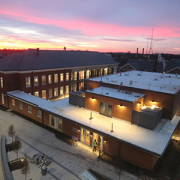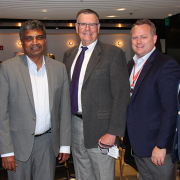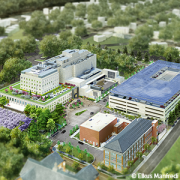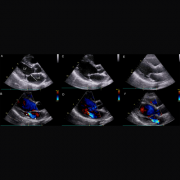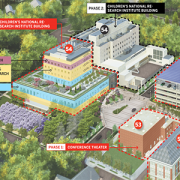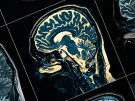Children’s National Research & Innovation Campus welcomes Rare Disease Institute as first occupant
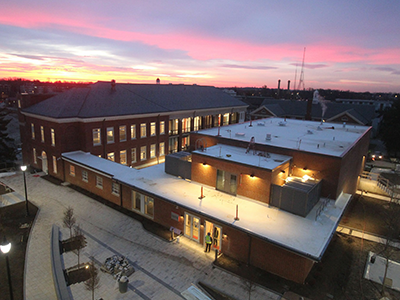
The Rare Disease Institute, which includes the largest clinical group of pediatric geneticists in the nation, focuses on developing the clinical care field of the more than 8,000 rare diseases currently recognized and advancing the best possible treatments for children with these diseases.
The Children’s National Research & Innovation Campus (RIC), the first-of-its-kind pediatric research and innovation hub located in Washington, D.C., now has its first occupant – the Rare Disease Institute (RDI).
The institute, which includes the largest clinical group of pediatric geneticists in the nation, focuses on developing the clinical care field of the more than 8,000 rare diseases currently recognized and advancing the best possible treatments for children with these diseases.
With the advent of advanced DNA sequencing, databanks, informatics, new technology, pediatric consortiums and global partnerships, clinical researchers have never been in a better position to diagnose and treat rare diseases. As this field of medicine continues to rapidly evolve, the benefits provided to patients, families, clinicians and researchers through its new home at the RIC will further accelerate the trajectory of rare disease from an academic specialty into a mainstream medical field.
Marshall Summar, M.D., director of the RDI and chief of the Division of Genetics and Metabolism at Children’s National, is well-known for pioneering work in caring for children diagnosed with rare diseases. He developed and launched the world’s first RDI at Children’s National in 2017, and it became the first Clinical Center of Excellence designated by the National Organization for Rare Diseases (NORD). Dr. Summar discusses how this move will positively impact treatment, services and discovery on a national level.
Q: What are the patient benefits of the move to the RIC?
A: Patients with genetic conditions spend a lot of time visiting the hospital. By creating an easy access environment that is designed around their needs, we can provide world-class care to the families we work with. We designed extensive telemedicine capacity into the clinic so we can continue to expand our digital reach to wider areas. The parking facility is also a huge plus for our families with mobility impairments. The garage is only steps away from the clinic entrance. The architectural team worked closely with the clinical team to create a patient-centric facility for a safe and positive experience.
Q: What are the research benefits of being on the RIC?
A: One of our core goals at the RIC was to create research “neighborhoods.” A focus of the first phase of the RIC occupancy is genetics and the RDI is the clinical manifestation of that focus. Having the clinical service that sees patients with genetic disease, sharing space and campus with the Center for Genetic Medicine Research team and the molecular genetics laboratory creates that thematic neighborhood. Some of the best basic science ideas and projects come from the clinical world. Close interaction between the clinicians and the scientists will enhance those “spark” encounters. In addition, the physicians in the RDI who do bench research are also part of the genetic medicine program which furthers these interactions.
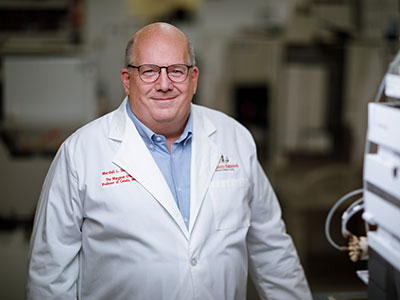
Marshall Summar, M.D., director of the RDI and chief of the Division of Genetics and Metabolism at Children’s National.
Q: What would you say has been the most significant change to your field in the past decade?
A: The ability to access next-generation genetic sequencing for more and more of our patients. The percentage of patients who can get a meaningful diagnosis with these technologies increases every year. With these techniques, we are finding new links between genes and disease at the rate of 5-10 per week.
Q: What excites you most about the future of medical genetics and rare diseases?
A: Two things are really exciting to me. The first is the ability to diagnose more patients than at any time in history. The second is the rate at which new genetic/rare disease therapies are being developed (around 50% of the FDA new drug approvals per year).
As the largest clinical program in North America and with our new location on this dedicated research and innovation campus in Washington, D.C., Children’s National and the RDI are uniquely poised to dramatically change the field of rare disease medicine. Our clinical models have started spreading to other centers across the country and will help shape the field for years to come. We are evolving rare disease into a true mainstream medical field, and the ability to make this type of change to a field is very unique to Children’s National.
Learn more about the Children’s National Research & Innovation Campus.


